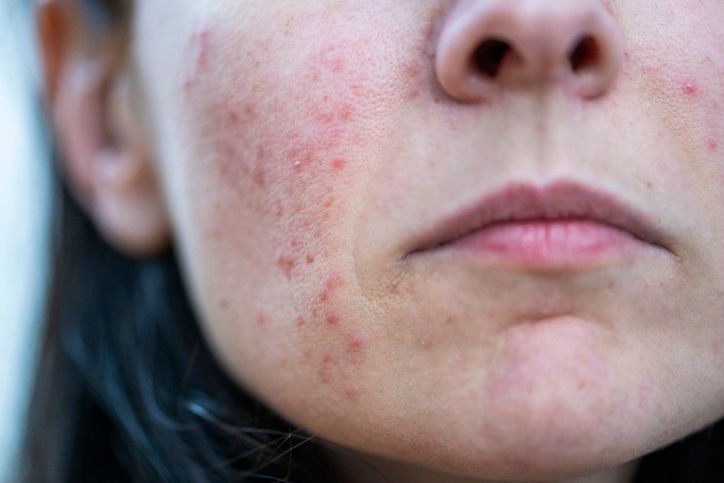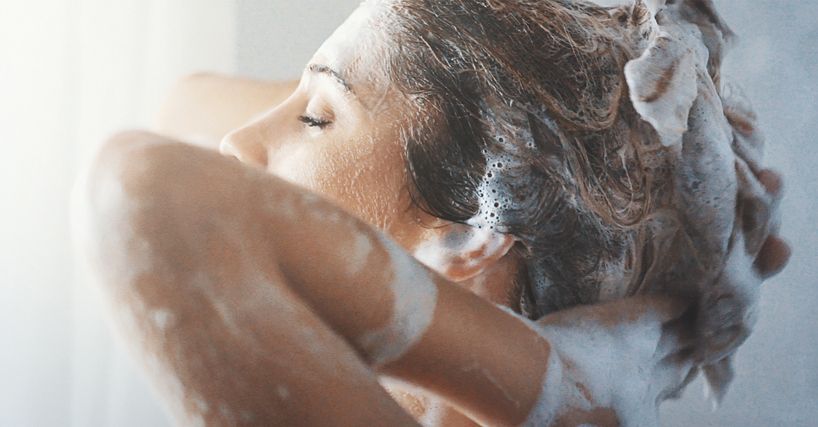Author: Natalie Ng|Updated: 26 May 2025
Microneedling for acne scars is a simple yet powerful treatment that uses tiny needles to create micro-injuries in the skin. This triggers the skin’s natural healing process, boosting collagen and elastin production. As the skin repairs itself, it becomes smoother, more even, and less marked by scars. Microneedling works for different types of acne scars, including atrophic acne scars, rolling scars, boxcar scars, and even hypertrophic scars. It also helps fade post-inflammatory hyperpigmentation and improves overall skin texture and tone. Many people notice their acne scars start to fade after a few microneedling sessions, with long-lasting results that keep improving over time. Microneedling is more than just an acne scar treatment—it can help reduce enlarged pores, improve skin laxity, and support overall skin rejuvenation. Wondering how this treatment can transform your skin? Keep reading to learn the top five microneedling benefits for acne scars.

Microneedling Benefit 1: How Microneedling Boosts Collagen for Acne Scars
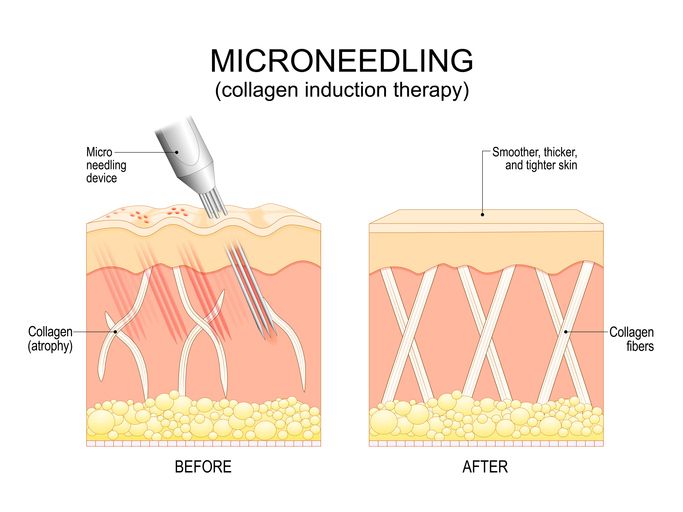
Why Collagen Production is Important for Acne Scars
Microneedling for acne scars uses tiny needles to create micro-injuries in the skin, which prompts the body to produce collagen and elastin. This is how the skin naturally repairs damage. As the skin heals, it fills in acne scars, including atrophic acne scars, rolling scars, and boxcar scars, with new collagen. This process helps smooth the skin surface and improve skin texture.
How Collagen Induction Therapy Works
Microneedling therapy relies on the body’s natural collagen and elastin production. The micro-channels made by the tiny needles signal the skin to repair itself. As this happens, collagen forms to support the skin’s structure, helping to fade scars and improve skin tone.
Microneedling therapy continues to stimulate collagen for weeks after a treatment session. For the best results, treatments are spaced 4-6 weeks apart to allow the skin to heal. Over time, acne scars become less visible, and the skin feels firmer, with reduced skin laxity.
Microneedling for acne scars is a natural way to support skin regeneration without using synthetic fillers. It works across different skin types and tones, helping with various skin concerns, including post-inflammatory hyperpigmentation and stretch marks.

Microneedling Benefit 2: How Microneedling Reduces Deep Acne Scars

Why Deep Acne Scars Improve with Microneedling
Microneedling for acne scars can make a big difference in treating deep, pitted scars like atrophic acne scars, ice pick scars, and rolling scars. The treatment creates tiny channels in the skin, which signal the body to send healing compounds and start repairing the scar tissue. As collagen production increases, these deep scars begin to fill in from within.
How Treatment Sessions Help Reshape the Skin
Microneedling works best when done regularly. Most people see the biggest improvements in deep acne scars after 3 to 6 sessions. These treatments are spaced about 4 to 6 weeks apart to match the skin’s natural healing cycle. For treating deep scars, the needle depth usually ranges from 1.5mm to 2.5mm, depending on your skin type, scar thickness, and location.
Each treatment builds on the last, creating a smoother skin surface over time. You’ll notice that the deep indentations gradually fade, leaving behind a more even skin texture that feels firmer and looks healthier. Microneedling for acne scars is an effective way to reshape the skin naturally, without the need for fillers or harsh chemicals.
Read More
Book Now to Experience
Acne Treatment
1 Minute Self-Registration
Date should not be before minimal date

Microneedling Benefit 3: How Microneedling Improves Skin Texture and Evens Out Skin Tone

Why Microneedling Creates Smoother Skin
Microneedling doesn’t just target individual acne scars—it improves your entire skin surface. The treatment creates thousands of tiny channels that signal the skin to repair itself. This stimulates even collagen and elastin production, which helps smooth rough patches and fade uneven areas across the face.
How Microneedling Balances Skin Tone
Microneedling therapy also works by stimulating melanocytes, the cells that control skin pigmentation. As these cells become more balanced, areas of post-inflammatory hyperpigmentation start to fade. You’ll notice dark spots and patchy skin gradually blend in with the surrounding areas, creating a more even skin tone.
This process improves skin texture and tone across different skin types and skin conditions. Within 4 to 6 weeks after a treatment session, most people see visible changes. The skin looks smoother, softer, and more uniform in color.
Long-Term Impact on Skin
Regular microneedling sessions strengthen the skin’s foundation by promoting collagen and elastin production. This helps maintain the improvements, so your skin stays smooth and even over time. It also helps reduce the appearance of enlarged pores, creating a clearer, more refined look.

Microneedling Benefit 4: How Microneedling Enhances Product Absorption
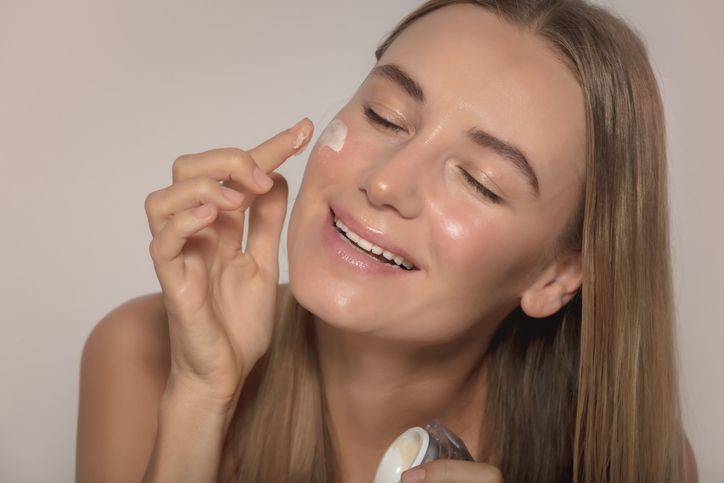
Why Microneedling Helps Skincare Products Work Better
Microneedling for acne scars creates thousands of tiny openings in the skin. These micro-channels act like doorways, allowing your skincare products to reach deeper skin layers where they can work more effectively. After microneedling, active ingredients like hyaluronic acid, peptides, and growth factors penetrate up to 300% better than on untreated skin.
Best Time to Apply Skincare After Microneedling
Your skin is most receptive to products within the first 24 to 48 hours after a microneedling treatment session. This is when the micro-channels are still open, allowing serums and treatments to reach the deeper skin layers. This timing is critical for acne scar treatment, as it helps rebuild collagen and supports skin regeneration.
To avoid irritation, it’s best to focus on gentle, hydrating products during this time. Avoid harsh ingredients like retinoids or acids right after microneedling, as your skin will be more sensitive.
This improved absorption helps make the most of your skincare routine, giving your skin a better chance to heal and rejuvenate.
Book Now to Experience
Acne Treatment
1 Minute Self-Registration
Date should not be before minimal date

Microneedling Benefit 5: Why Microneedling Provides Long-Lasting Scar Improvement
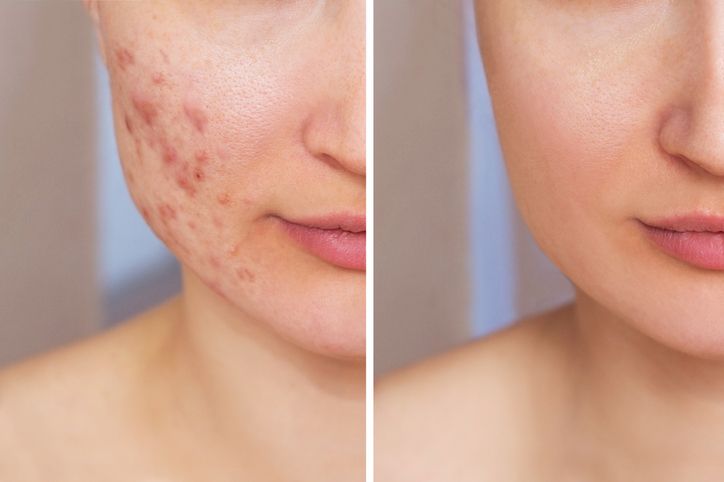
How Microneedling Delivers Lasting Results
Microneedling for acne scars works by triggering your skin’s natural healing process. Each session stimulates collagen and elastin production, which helps repair and rebuild damaged skin. The result is gradual but long-lasting improvement in acne scars, including atrophic scars, rolling scars, and boxcar scars.
What Changes to Expect Over Time
The improvements you’ll see are progressive. Most people notice 50 to 75% reduction in scar appearance after 4 to 6 treatment sessions. These results continue to build as collagen production stays active for months after the last session.
Microneedling also makes permanent structural changes in scar tissue. Once the skin repairs itself and fills in the scar areas, the improvements don’t fade away. Many people see ongoing benefits for up to 12 months after their final session.
How to Maintain Results
Microneedling creates lasting change, but regular maintenance treatments and a good skincare routine help keep your skin looking its best. By supporting skin regeneration naturally, microneedling offers an effective treatment option for long-term scar reduction and skin rejuvenation.

Microneedling for Different Skin Types and Skin Concerns
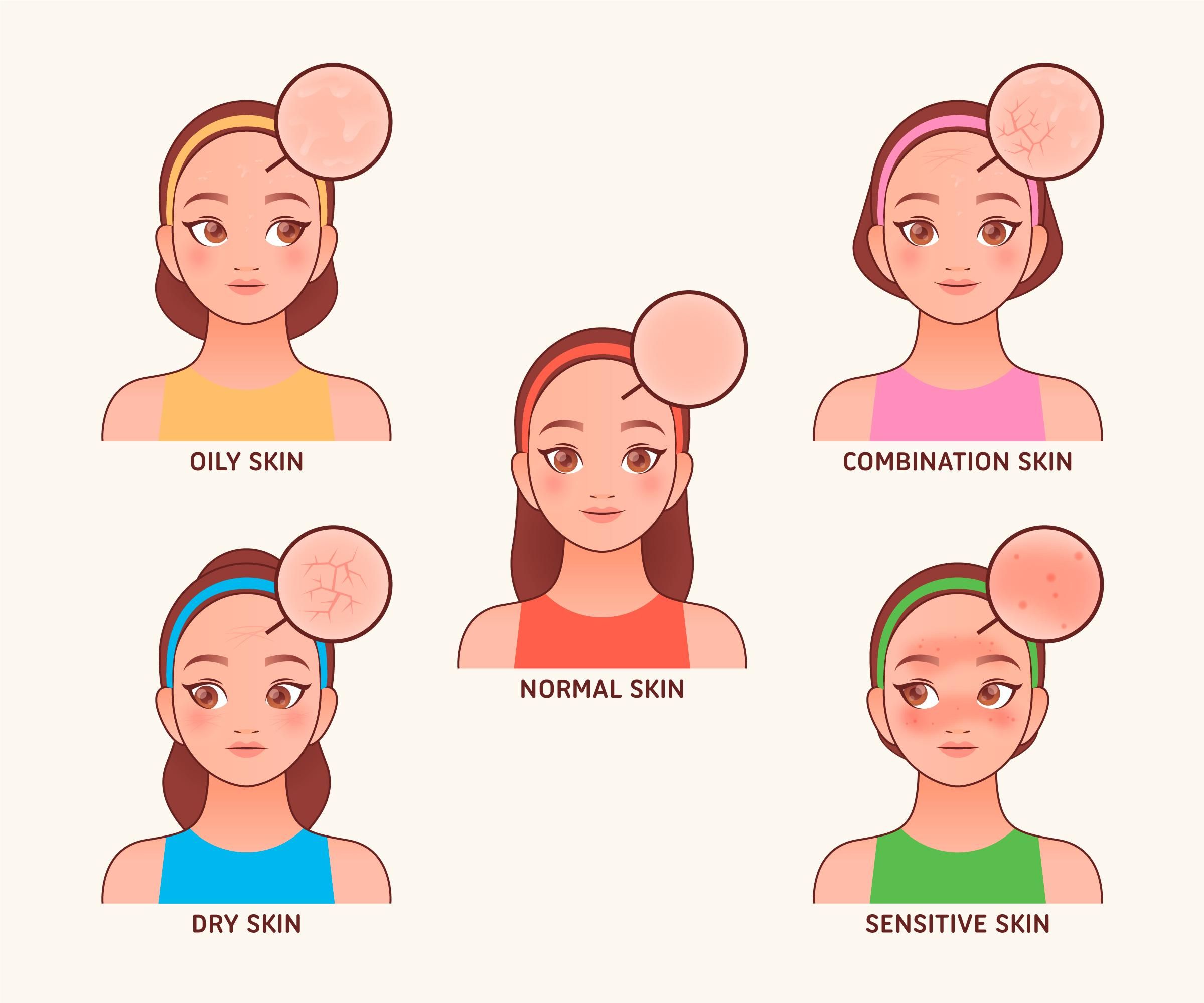
How Microneedling Works Across Different Skin Types
Microneedling for acne scars is a versatile treatment that can be tailored to suit various skin types, including darker skin tones and Fitzpatrick skin types IV to VI. Unlike some laser therapies that carry a higher risk of post-inflammatory hyperpigmentation in darker skin, microneedling is generally considered safe and effective across all skin tones.
For individuals with sensitive or reactive skin, microneedling can still be a viable option. However, it's essential to consult with a qualified professional to assess suitability and customize the treatment accordingly.
Addressing Various Skin Concerns with Microneedling
Microneedling is effective in treating a range of skin concerns beyond acne scars. It can help improve skin texture, reduce the appearance of enlarged pores, and address skin laxity. Additionally, microneedling has been used to treat stretch marks and uneven skin tone, promoting overall skin rejuvenation.
For those with specific types of acne scars, such as atrophic acne scars, rolling scars, and boxcar scars, microneedling stimulates collagen and elastin production, aiding in the repair and smoothing of the skin's surface.
Customizing Microneedling Treatments
The depth of needle penetration during microneedling can be adjusted based on the individual's skin type and the severity of the skin concern. For example, deeper needle penetration may be used for more severe scarring, while shallower depths are suitable for milder concerns or sensitive areas.
By customizing the treatment parameters, microneedling can effectively address various skin concerns across different skin types, making it a versatile option for skin rejuvenation.
Book Now to Experience
Acne Treatment
1 Minute Self-Registration
Date should not be before minimal date

Results After Microneedling + Tips to Care for Your Skin
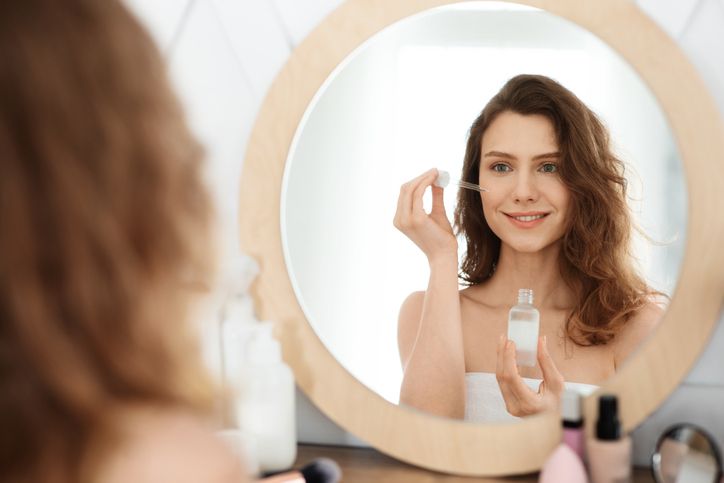
Post-Treatment Skin Changes
After a microneedling session, your skin may feel warm, tight, and slightly sensitive, much like a mild sunburn. Redness and swelling are common, and you may notice small pinpoint bleeding or light bruising, especially if deeper needles were used to treat atrophic acne scars, ice pick scars, or rolling scars. These side effects are normal and usually fade within 24 to 72 hours.
You might also experience temporary dryness, flaking, or mild itchiness as the skin heals. These signs are part of the skin's natural recovery process as it builds new collagen and elastin.
Importance of Numbing Cream and Minimal Downtime
Before a microneedling treatment, a numbing cream is usually applied to make the procedure more comfortable. This helps reduce any discomfort during the session, especially when treating deep scars or sensitive areas.
Microneedling offers minimal downtime compared to more aggressive acne scar treatments like laser resurfacing or chemical peels. Most people can return to daily activities within a day or two, making it a convenient option for those with busy schedules.
Aftercare Tips for Best Results
Taking care of your skin properly after microneedling is essential for optimal results. Here’s what to focus on:
• Keep your skin clean: Gently cleanse your face with lukewarm water and a mild, non-irritating cleanser.
• Hydrate and nourish: Apply a simple, hydrating serum with hyaluronic acid or peptides to support skin regeneration.
• Avoid harsh products: Skip retinoids, acids, and exfoliants for at least 5 to 7 days post-treatment.
• Protect your skin: Wear sunscreen daily, as your skin will be more sensitive to the sun.
• Minimize heat exposure: Avoid hot showers, saunas, or intense workouts for 24 to 48 hours to prevent irritation.
These aftercare steps help your skin recover smoothly and enhance the long-term benefits of microneedling.

Potential Side Effects of Microneedling
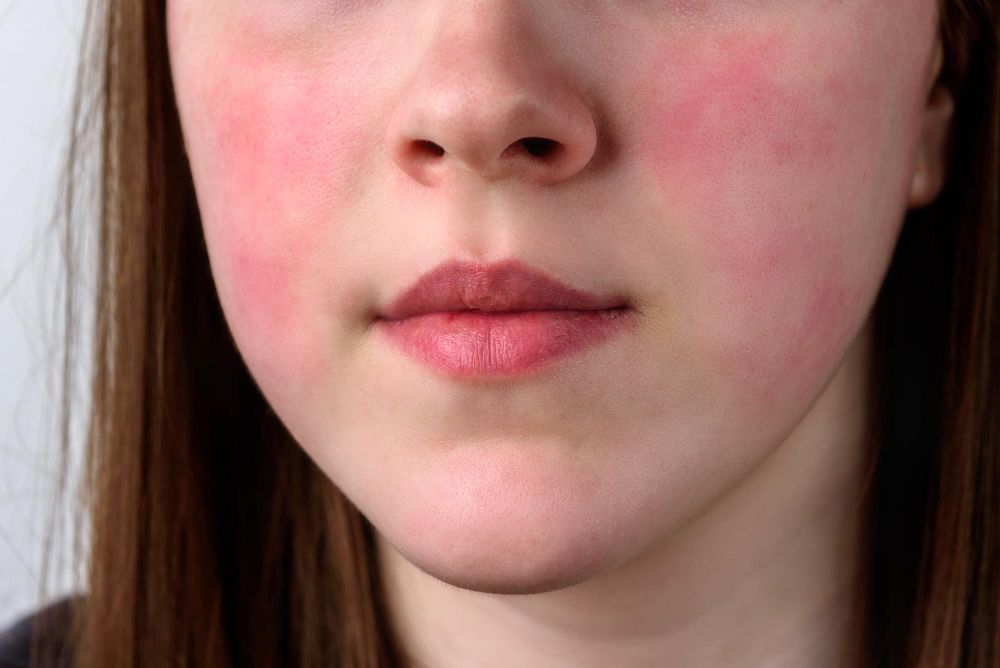
Common Short-Term Side Effects
Microneedling for acne scars is generally safe when performed by a trained professional, but it can cause temporary side effects. These are part of the skin’s natural healing response and usually resolve within a few days. The most common side effects include:
• Redness and swelling: The skin often looks flushed or slightly puffy, especially within the first 24 to 48 hours.
• Mild tenderness: Your skin may feel tight or slightly sore to the touch.
• Small pinpoint bleeding or bruising: This is more likely when using deeper needles to treat atrophic scars, rolling scars, or boxcar scars.
• Dryness or flaking: As the skin heals, you may notice slight peeling as new skin cells replace old ones.
• Increased sensitivity: The skin may feel more reactive to products and temperature changes for a few days.
Less Common Side Effects
While rare, microneedling can sometimes cause:
• Post-inflammatory hyperpigmentation: This is more common in darker skin tones or Fitzpatrick skin types IV to VI. Following proper aftercare and avoiding sun exposure can help reduce this risk.
• Mild infections: If proper sterilization isn’t followed, there’s a small risk of infection. Always work with a qualified professional who uses clean equipment and safe practices.
• Worsening of active acne: It’s best to avoid microneedling over areas with active cystic acne, as it may spread bacteria or increase inflammation.
How to Minimize Side Effects
Choosing an experienced practitioner and following post-treatment care—like using gentle products, applying sunscreen, and avoiding harsh treatments—helps lower the risk of side effects.
Book Now to Experience
Acne Treatment
1 Minute Self-Registration
Date should not be before minimal date

How Many Microneedling Sessions Do You Need for Acne Scar Improvement?

Why Multiple Treatments Are Important
Microneedling for acne scars is not a quick fix—it works best when done regularly. Each treatment helps stimulate collagen and elastin production, but it takes time for the skin to fully rebuild scar tissue and improve skin texture. That’s why a single session may not deliver the full results you’re hoping for.
For deep acne scars like atrophic scars, boxcar scars, and rolling scars, multiple treatments give the skin a better chance to fill in the damaged areas and smooth the surface.
General Guidelines for Microneedling Treatment Plans
Most people need 4 to 6 microneedling sessions, spaced about 4 to 6 weeks apart. This timing matches the skin’s natural healing cycle, allowing new collagen to form and improve the skin with each session.
If you have mild skin concerns—like post-inflammatory hyperpigmentation, superficial scarring, or uneven skin tone—you may need fewer treatments. For deeper scars, such as ice pick scars or more severe atrophic scars, you might need additional sessions or a combination of treatments, like radiofrequency microneedling, platelet rich plasma therapy, or laser resurfacing.
Customizing Your Treatment Plan
The number of sessions you’ll need depends on several factors:
• Scar type: Deep scars need more treatments than superficial scars.
• Skin type: Different skin tones, including Fitzpatrick skin types IV to VI, may respond differently to microneedling.
• Skin’s healing response: Some people build collagen faster than others, so results can vary.
Your skincare professional will assess your skin condition, scar pattern, and goals to recommend the right number of sessions.

How New Beauty’s Acne Treatment Can Support Microneedling for Acne Scars
Combining The Acne Treatment with Microneedling for Better Results
While microneedling for acne scars helps trigger collagen production and improve skin texture, adding The Acne Treatment to your routine can further enhance your results. This non-invasive treatment is designed to treat acne-prone skin by cleansing pores, calming inflammation, and creating a clear foundation for skin regeneration.
The Acne Treatment uses dual spiral suction and drainage technology to exfoliate dead skin cells, remove dirt and oil, and unclog pores. This process helps calm active acne and reduce inflammation—creating a healthier skin environment before or after microneedling.
After the skin is deeply cleansed, a medical-grade hydrating serum is infused to balance oil production, soothe irritation, and support collagen and elastin production. This can help prevent future breakouts and improve the skin’s healing process after microneedling sessions.
Advantages of The Acne Treatment
• Non-invasive and comfortable: No incisions, needles, or harsh chemicals—just gentle suction and hydration.
• Safe for different skin types: The treatment is suitable for those with moderate to severe acne, including acne vulgaris, whiteheads, blackheads, and acne scars.
• Minimal downtime: Most people return to their normal activities right after the treatment.
• Addresses various skin concerns: Helps with acne, acne scars, blackheads, whiteheads, excess oil, enlarged pores, and uneven skin tone.
• Complements microneedling: By calming inflammation, clearing pores, and hydrating the skin, The Acne Treatment can prepare your skin for microneedling or help maintain results between sessions.
How to Get Started
Ready to enhance your acne scar treatment journey? Book a consultation today and discover how combining The Acne Treatment with microneedling can help you achieve smoother, clearer skin.
New Beauty's Acne TreatmentBook Now to Experience
Acne Treatment
1 Minute Self-Registration
Date should not be before minimal date
FAQ
1. Can microneedling help with cystic acne?
Microneedling is not recommended for areas with active cystic acne. Treating cystic acne with microneedling may spread bacteria and cause more inflammation. It’s best to clear active breakouts first using appropriate acne treatment like topical medications, oral antibiotics, or treatments such as The Acne Treatment. Once the skin is free from active cystic acne, microneedling can be used to treat acne scars, improve skin texture, and stimulate collagen production.
2. Can microneedling and chemical peels be combined for acne scars?
Yes, microneedling and chemical peels can be combined as part of an acne scar treatment plan. Chemical peels target the superficial skin layer and help improve skin tone and post-inflammatory hyperpigmentation, while microneedling works deeper within the skin layers to stimulate collagen and treat deeper scars like atrophic scars or boxcar scars. However, these treatments should not be performed on the same day. A skincare professional can recommend the right schedule based on your skin type and the type of acne scars.
3. How does radiofrequency microneedling differ from regular microneedling for acne scars?
Radiofrequency microneedling combines microneedling with radiofrequency energy to stimulate deeper layers of the skin. This can lead to greater collagen and elastin production, making it more effective for treating deep scars, skin laxity, and uneven skin tone. Regular microneedling relies on mechanical stimulation alone, while radiofrequency microneedling adds heat energy for a stronger skin tightening treatment.
4. Can microneedling improve keloid scars?
Microneedling is not typically recommended for keloid scars. Keloids are raised scars caused by excess collagen production and can become more inflamed with microneedling. Other treatments, such as laser therapy, steroid injections, or silicone sheets, are usually preferred for keloid scar treatment.
5. Is microneedling safe for people with darker skin tones?
Yes, microneedling is generally safe for people with darker skin tones and Fitzpatrick skin types IV to VI. Unlike some laser treatments that may cause post-inflammatory hyperpigmentation, microneedling works without heat, reducing the risk of pigmentation issues. It’s an effective treatment for acne scars, uneven skin tone, and enlarged pores across various skin types.
Recommended Articles
COPYRIGHT© NEW BEAUTY MANAGEMENT LIMITED 2025. ALL RIGHT RESERVED.

